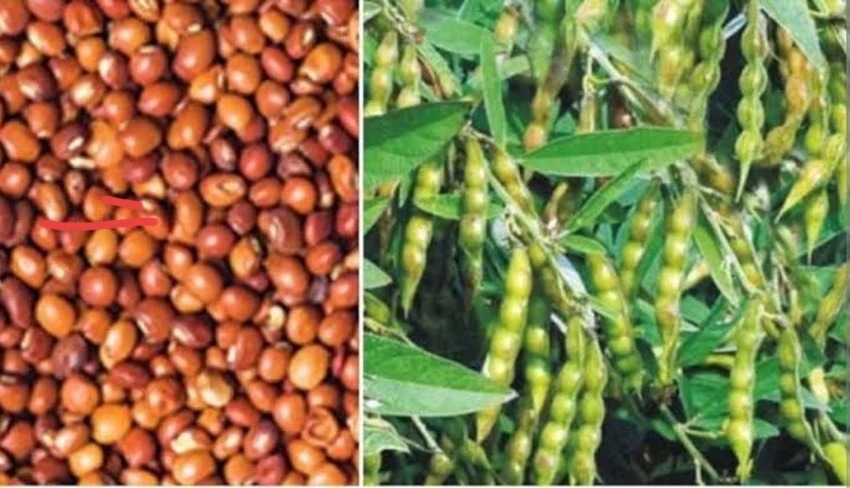Experts Emphasize Integrated Strategies for Weed Control to Prevent Yield Loss and Ensure Crop Health
Published on: July 12, 2025
By: [BTNI]
Location: Rajnandgaon, India
With the onset of the Kharif season, agricultural experts have issued a timely advisory to farmers in the Rajnandgaon district, highlighting the serious threat posed by weeds in paddy fields. These unwanted plants not only compete with crops for water, nutrients, and sunlight but also act as hosts for pests and diseases, severely affecting crop yield and quality.
According to the advisory, despite using high-quality seeds and inputs, weeds remain a major challenge for farmers. If not managed properly, weed infestation can reduce crop yields by up to 85 percent. They disrupt plant growth at every stage — from germination to harvest — by competing for essential resources.
Different types of weeds, especially narrow and broad-leaved varieties, flourish during the Kharif season. In paddy fields, common grassy weeds include wild barnyard grass, sawa grass, jungle rice, and doob grass, while broad-leaved weeds such as Kanakoua, thorny amaranth, Bhangeraiya, and Mahkua are also prevalent. In pulses and oilseeds, weeds like Mahkua, hazardana, milkweed, sawa, and white goosefoot cause significant damage.
Also read- https://www.btnewsindia.com/chhattisgarh-launches-major-input-subsidy-scheme-to-boost-kharif-crop-diversification/ https://www.btnewsindia.com/tree-plantation-drive-held-at-jawahar-navodaya-vidyalaya-dongargarh-under-ek-ped-maa-ke-naam-campaign/
Experts have recommended that farmers take targeted action during the crop’s critical growth stages. Fields should be kept weed-free around 15 and 45 days after sowing in direct-seeded paddy, 20 and 40 days after transplanting, and around 15 to 45 days in pulses and oilseed crops. Mechanical methods such as hand weeding, steel-seedbed preparation, solarization, poly-mulching, and tools like the cono weeder and wheel hoe can be effective for early weed control.
In case of severe infestation, chemical herbicides can be used under expert guidance. For pre-emergent control, Pendimethalin (1 kg/ha) is suggested. A combination of Pendimethalin and Pyrazosulfuron (900 + 20 gm/ha) or Pretilachlor and Pyrazosulfuron (600 + 15 gm/ha) can also be applied. For post-emergent control (18–20 days after sowing), Bispyribac Sodium (25 gm/ha), Ethoxysulfuron (35 gm/ha), or Panaxulam + Cyhalofop (120 gm/ha) are recommended. For grassy weeds, Fenoxaprop-p-ethyl (60 gm/ha) or Cyhalofop (75–80 gm/ha) may be used.
Farmers are also advised to use flat-fan nozzles with knapsack sprayers and ensure sufficient soil moisture before applying herbicides. Spraying should be done in calm weather conditions, preferably in the evening, and with proper protective gear to minimize health risks.
By adopting a combination of mechanical, biological, and chemical methods at the right time, farmers can protect their Kharif crops from weed damage and ensure better yields and profitability.




